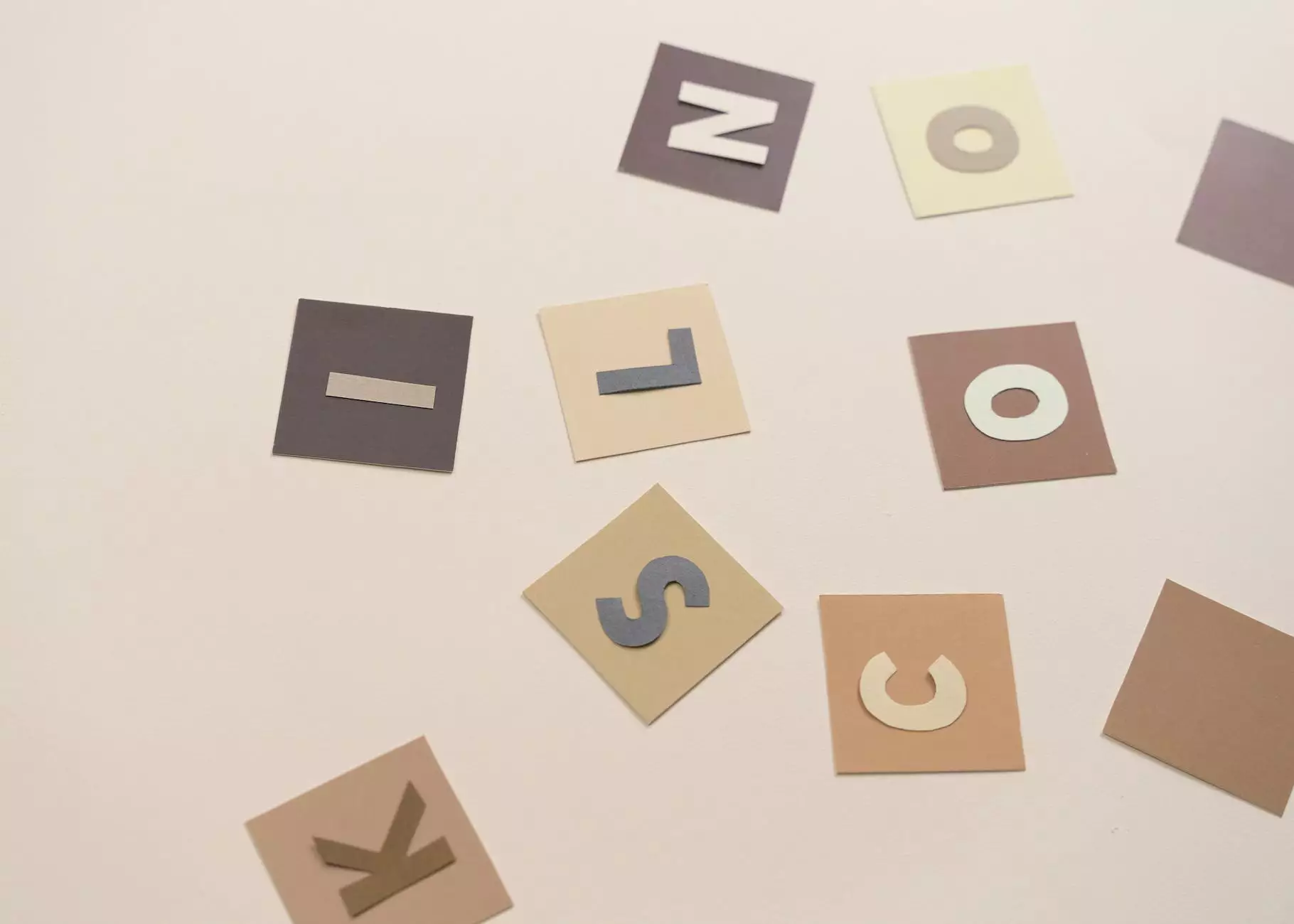Stuck on the difference between solvent-based and water-based adhesives?
Adhesive Sticks to Plastic
Choosing the right adhesive is crucial in any graphic and web design project. Whether you are working on creating banners, signs, or other visual displays, understanding the differences between solvent-based and water-based adhesives can greatly impact the quality and longevity of your work. At SuperSonic Graphic & Web Design, we specialize in helping our clients make informed decisions. In this comprehensive guide, we will delve into the characteristics, benefits, and applications of both solvent-based and water-based adhesives to help you make the right choice for your specific needs.
What are solvent-based adhesives?
Solvent-based adhesives are formulated using chemicals that have high volatility and tend to evaporate more rapidly compared to water-based adhesives. These types of adhesives rely on the strength and effectiveness of solvents as their primary bonding agent. The solvents used can vary depending on the specific adhesive, but common ones include toluene, xylene, and ethyl acetate.
Solvent-based adhesives offer a range of benefits for designers, including:
- Quick drying time: Solvent-based adhesives typically dry faster, allowing for quicker project completion.
- High bond strength: These adhesives provide strong and durable bonds that can withstand harsh conditions and temperature fluctuations.
- Wide application range: Solvent-based adhesives work well with various materials, such as plastics, metals, and fabrics.
- Water resistance: Many solvent-based adhesives offer excellent resistance to water, making them suitable for outdoor applications.
What are water-based adhesives?
Water-based adhesives, as the name suggests, are formulated using water as their base. They are typically made of natural or synthetic polymers that dissolve or disperse in water. These adhesives are known for their ability to form strong bonds through evaporation and drying. Common types of water-based adhesives include latex adhesives and acrylic adhesives.
Water-based adhesives have become increasingly popular due to their environmentally friendly nature and versatility. Here are some advantages of using water-based adhesives:
- Low toxicity: Water-based adhesives have reduced levels of volatile organic compounds (VOCs), making them safer to work with and more eco-friendly.
- Non-flammable: Unlike solvent-based adhesives, water-based adhesives are non-flammable, eliminating potential safety hazards.
- Easier cleanup: Water is readily available, and cleaning up excess adhesive residue is easier with water-based adhesives compared to solvent-based options.
- Compatibility with porous materials: Water-based adhesives are ideal for bonding porous materials such as paper, cardboard, and textiles.
Determining the right adhesive for your project
Choosing between solvent-based and water-based adhesives may seem like a daunting task, but considering several factors can help you make an informed decision:
Material compatibility
Consider the materials you are working with. Solvent-based adhesives have excellent compatibility with a wide range of materials, including plastics and metals. In contrast, water-based adhesives excel in bonding porous materials such as paper and fabric. Assessing the compatibility will guide you towards the appropriate adhesive for your project.
Project requirements
Understanding the requirements of your project is essential. If your project requires fast drying time and high bond strength, solvent-based adhesives might be the better choice. On the other hand, if you prioritize low toxicity and easy cleanup, water-based adhesives should be considered.
Environmental impact
As environmentally conscious design professionals, it's crucial to consider the ecological impact of our choices. Water-based adhesives are generally considered more eco-friendly due to their reduced VOC levels. Choosing water-based adhesives can contribute to a greener and sustainable approach to your work.
By carefully analyzing the specific needs of your project, you can determine whether solvent-based or water-based adhesives are the best fit.
Conclusion
The choice between solvent-based and water-based adhesives is an important consideration that can significantly impact the success of your graphic and web design projects. At SuperSonic Graphic & Web Design, we understand the nuances and intricacies of adhesive selection. Whether you opt for the quick-drying and durable qualities of solvent-based adhesives or the eco-friendly and versatile nature of water-based adhesives, our team is here to assist you every step of the way.
Make the right choice for your projects and discover the immense possibilities that come with choosing the ideal adhesive. Contact SuperSonic Graphic & Web Design today to learn more about how we can help you achieve exceptional results in your design endeavors.




